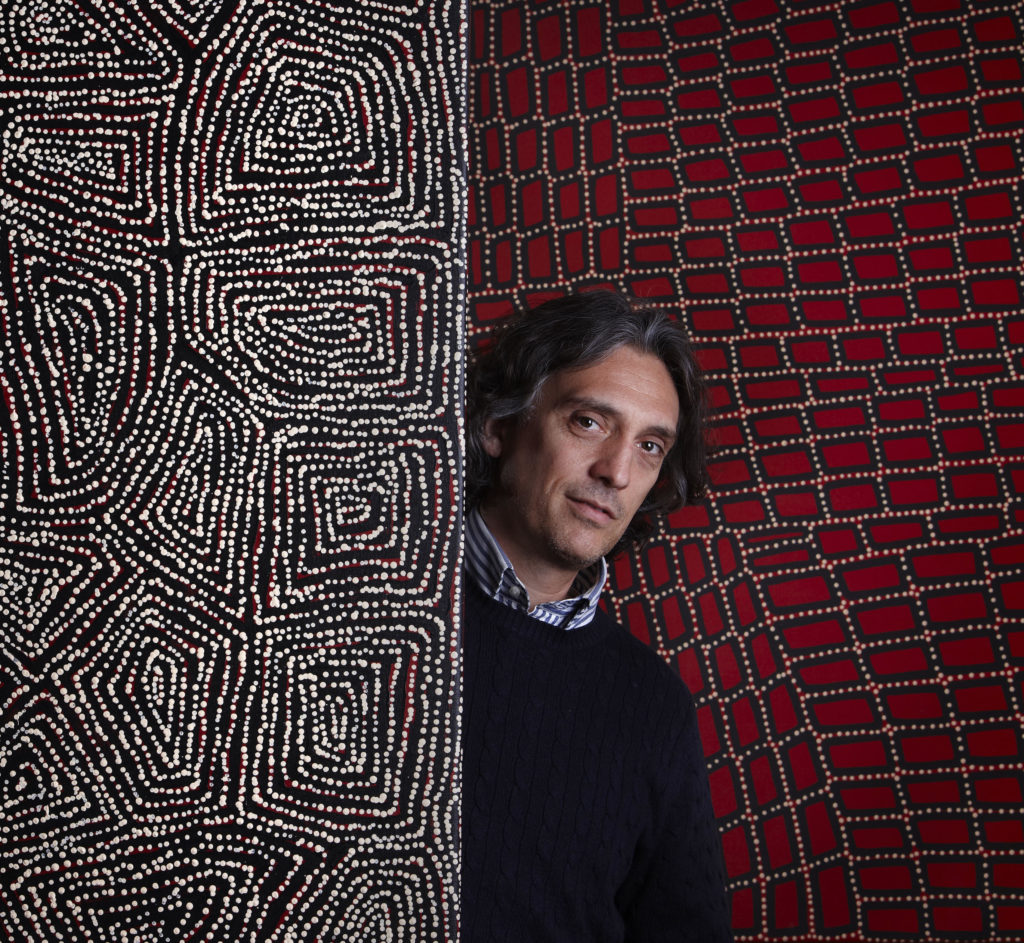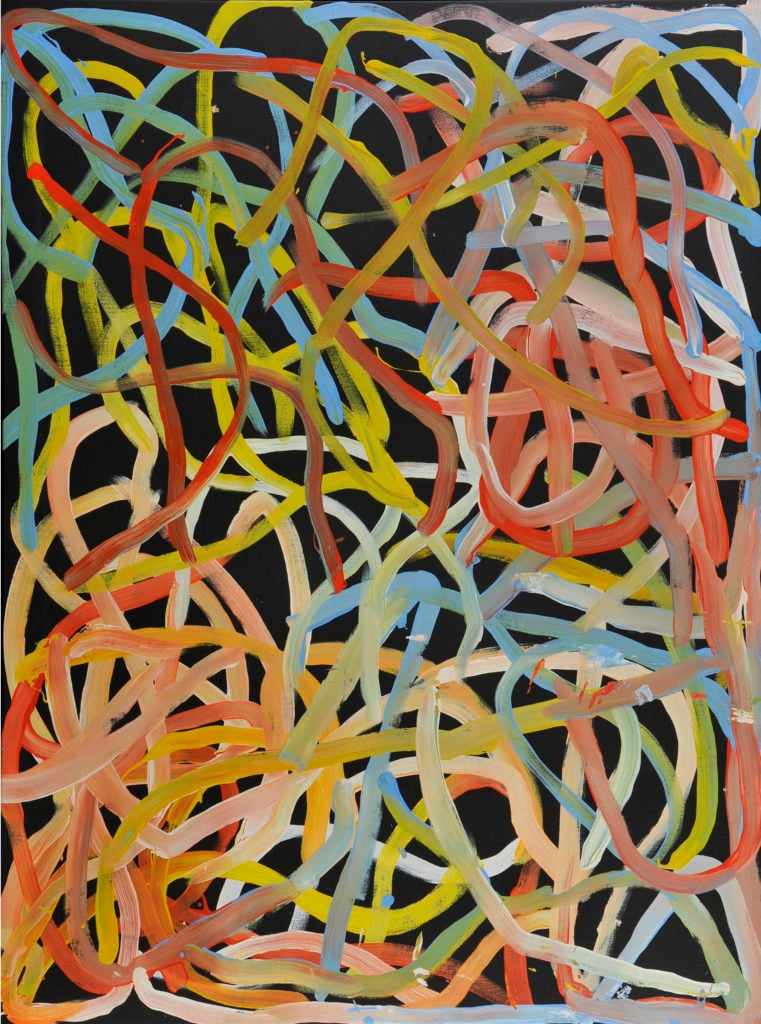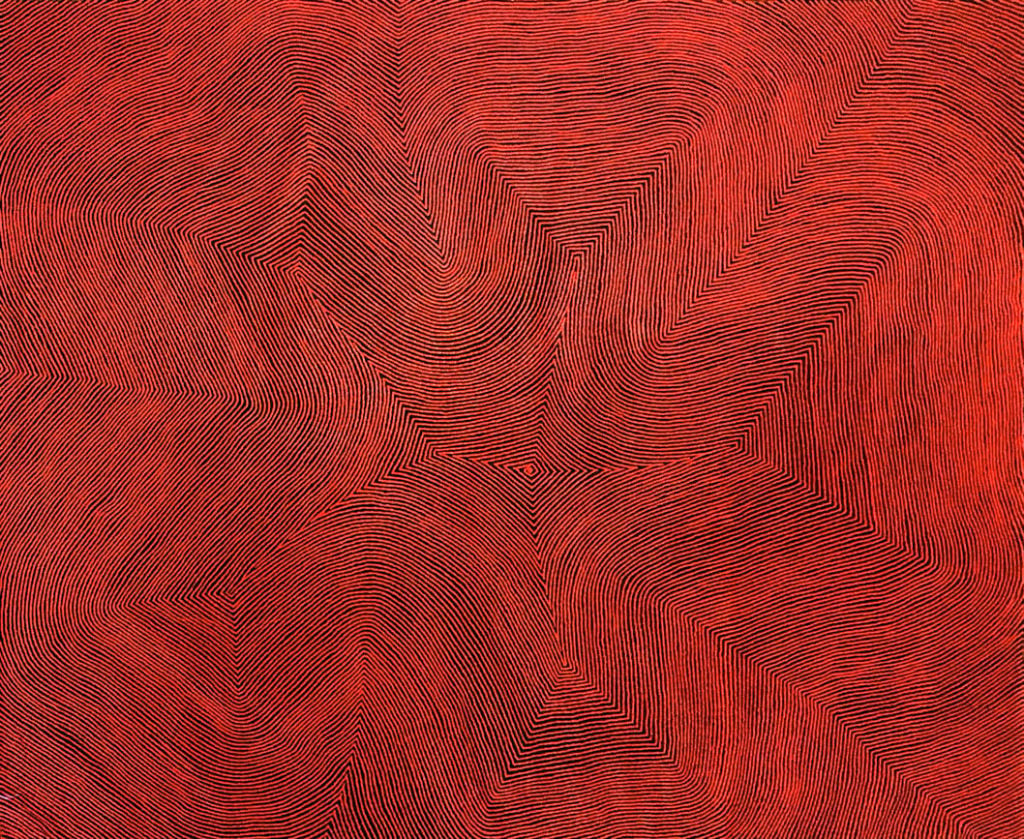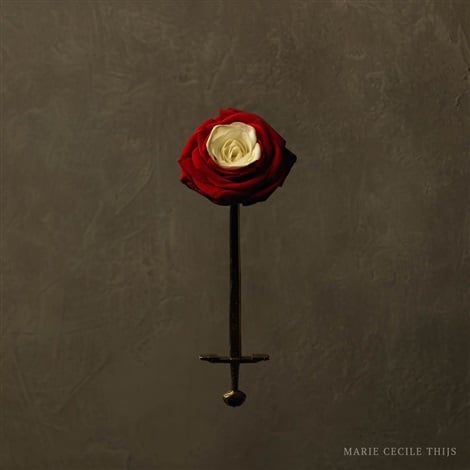David Smith on How His Family’s Gallery Has Transformed Itself to Reflect Changing Contemporary Taste


Artnet Gallery Network

In its half century of existence, SmithDavidson Gallery has switched gears a few times. Founded in the Hague in 1969, the gallery was first called Leslie Smith Gallery after its American owner, who was herself a leading specialist in 19th century Dutch painting, an era that came to be dubbed “The Second Golden Age of Dutch Art.” Then in 1990, David Smith, Leslie’s son, took the helm, and has slowly steered the gallery into the contemporary market, working alongside his wife, Gabrielle Davidson.
These moves were followed by a move to Amsterdam in 2007, and then by the opening of a second location in Miami in 2016. “I didn’t have a grand plan for what would happen with the gallery—it just happened naturally,” said Smith.
Recently, we caught up with David Smith, who shared his thoughts on the gallery’s unique roster, its current exhibition, and how business has changed over the years.

Emily Kame Kngwarreye, Yam Multicolor #224. Courtesy of SmithDavidson.
Your gallery’s programming is very diverse, with 20th century modern art, contemporary art, photography, and all manner in between. How did that come about?
Yes, it’s very unique. We’re always looking for artists who set themselves apart by their techniques or imagery or whatever they do. It’s only recently, meaning the last 15 years, that the gallery has been selling contemporary art as well. Now we show works by Sam Francis, Karel Appel, and some other postwar artists. It’s a mixed world these days and everyone has access to information and new kinds of art. Many of our longstanding clients are gravitating to contemporary art. And we’re getting a lot of new clients, younger clients, interested in both our modern and our contemporary works.
How or why did you wind up with this mix then? Is it because you’re bridging from an earlier tradition? Or a reflection of where the market is? Or just your interest?
I don’t only listen to classical music or rock, you know—I like all kinds of music. There is a mood for everything and a space for it too. As I look at my old house, I don’t have the same art in every room. I could make or need different atmospheres for different spaces. I think that’s the trick in modern living.
Some of the great designers do it, but many people are still very close-minded minded thinking you should only focus on one thing. For me, I have a big hallway with a lot of windows, and I might put an abstract contemporary sculpture there. Then in, say, the dining room, I could have a 17th-century painting.

Warlimpirrnga Tjapaltjarri, Maruwa (2018). Courtesy of SmithDavidson Gallery.
Does that make it difficult for collectors to know what to come to you for?
I’m overstating things, maybe, since I have limited myself to modern and contemporary art in the gallery. Sure I might sell a 19th century Impressionist painting for a client, but in terms of what you’ll see on view, I’ve already cut off a large part of my business to make it clearer what we do.
But the tastes of our collectors are evolving as well. Depending on how long somebody has been looking at art, some people might really like figurative art when they start out, and over the years it changes. Multiple factors come into play. A large part of what we show is just what I enjoy. I like modern art, postwar art, and also photography, as well as contemporary Aboriginal art.
It’s eclectic, but I think collecting that way is happening more than it used to.
Australian aboriginal art is coming more and more into global focus. How did you become interested in the genre?
It is true that Gagosian recently had and show of aboriginal artists, and another gallery in New York also picked up a few artists recently. But, to be honest, we’ve been doing this for the last 12 years, and have been promoting these artists long before the recent trend. We’re the oldest gallery showing aboriginal Australian art internationally.
I had traveled through Australia and simply fell in love with the art I saw there. At the time I wasn’t dealing in contemporary art at all, so we actually got into dealing contemporary art through contemporary Aboriginal art. Today we probably have one of the largest collections in the world. Every artist you saw in the Gagosian show, for instance, we represent their work and with a least the same quality. So we have the highest end contemporary Aboriginal arts available, and we’ll be showcasing it in quite a nice group of paintings for Art Miami in December.

Marie Cécile Thijs, Tudor Rose (2019). Courtesy of SmithDavidson Gallery.
How would you say the art world has changed since you took the helm at the gallery?
In the past 31 years? I’d say every single thing has changed. When I started, I was 19 years old and I was buying everything on auction. There was no internet, you know, so everything was going through auctions, and through dealers. The way I used to do business is simply impossible today.
I didn’t have a grand plan for what would happen with the gallery. It just happened naturally. You know, my interest started to shift. I met contemporary artists I felt needed promoting. So for me, this became a natural development.
Right now you have an exhibition of photographs by Marie Cecile Thijs on view at the gallery in Amsterdam. Can you tell me a bit about that show?
Marie Cecile Thijs is one of the best known contemporary photographers from the Netherlands. Her work is very unique in that it is a mix between old imagery drawn from the Dutch tradition and new techniques. There is a kind of Old Master lighting that we see in paintings from the 16th and 17th century, but here used in a completely contemporary way. It has an alienating feel to it, but with a sense of magic realism as well, where you’re not sure if these are actually photos.
“Solo: Marie Cecile Thijs” is on view at SmithDavidson Gallery through January 10, 2020.
